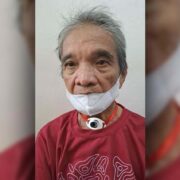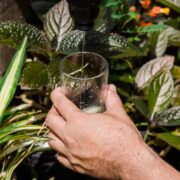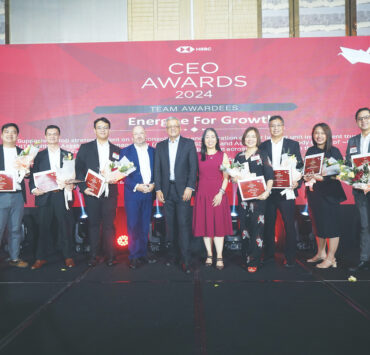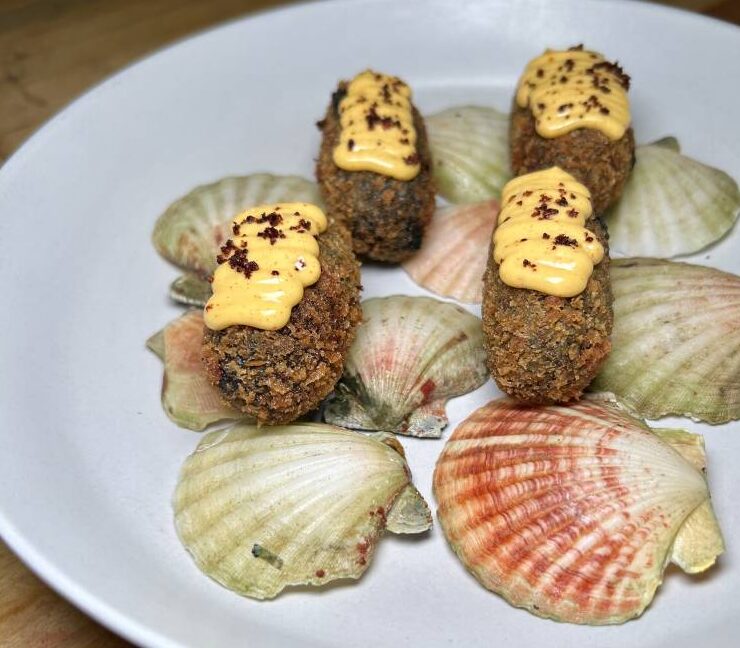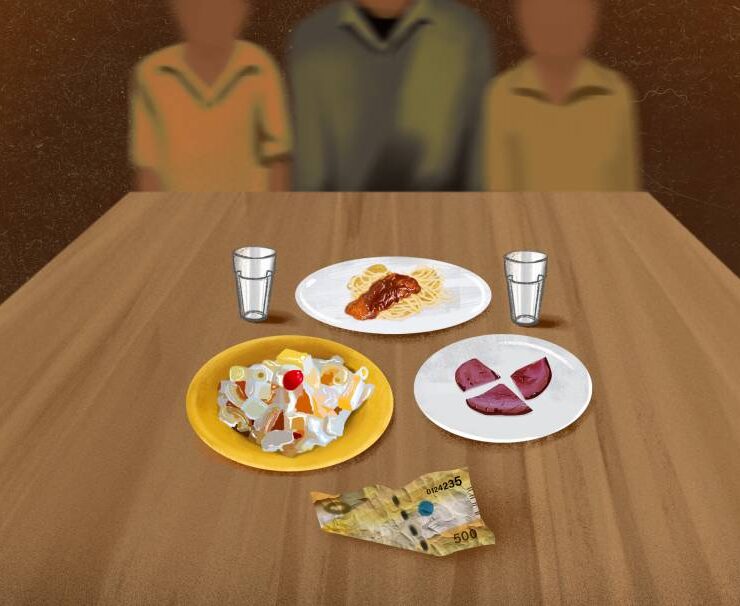Tokyo in a fever dream
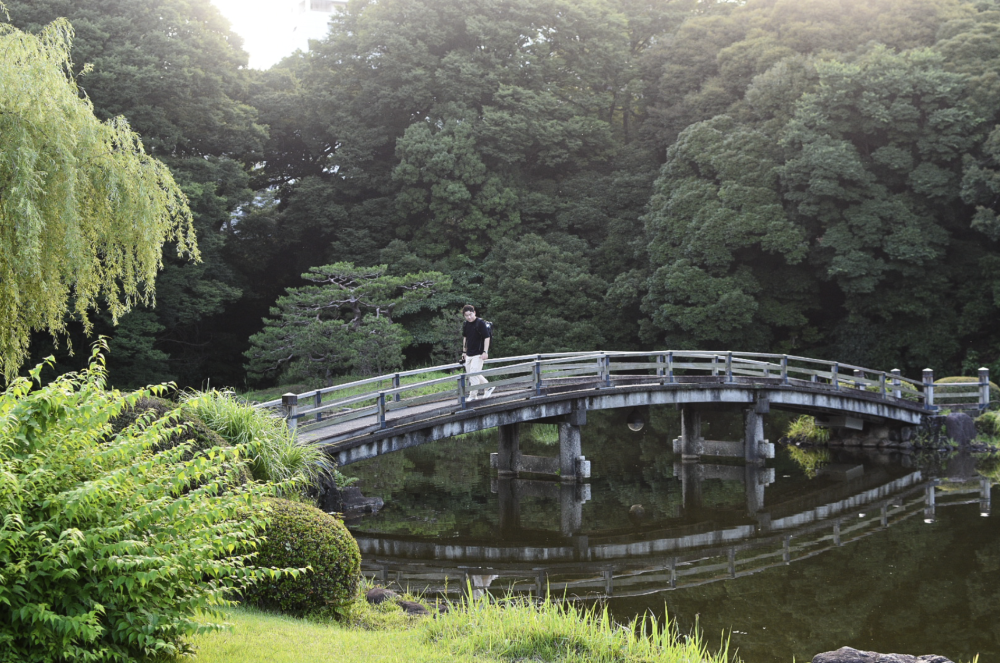
Forget the glossy brochures and the long, serpentine theme park queues. Forget Mickey Mouse, Ginza flagships, or cosplay go-karts weaving through traffic. This isn’t that Tokyo.
This is the Tokyo where kamatoro—the fattiest cut of tuna—melts like a juicy, forbidden secret, and where Yoko Ono’s art invites you to mend sharp-edged, broken porcelain. This is where the Jinbōchō district unfolds like a literary labyrinth, with over 150 bookshops, publishing houses, and libraries tucked into its quiet corners.
Plunging deep into this electric sprawl, Filipino artists, designers, curators, calligraphers, purveyors, and businessmen—Japanophiles, all—drop their Tokyo top threes. This isn’t your usual checklist, but a sensory dive into the tastes, textures, and obsessions that spark curiosity, searing Tokyo’s fever dream atmosphere into core memory.
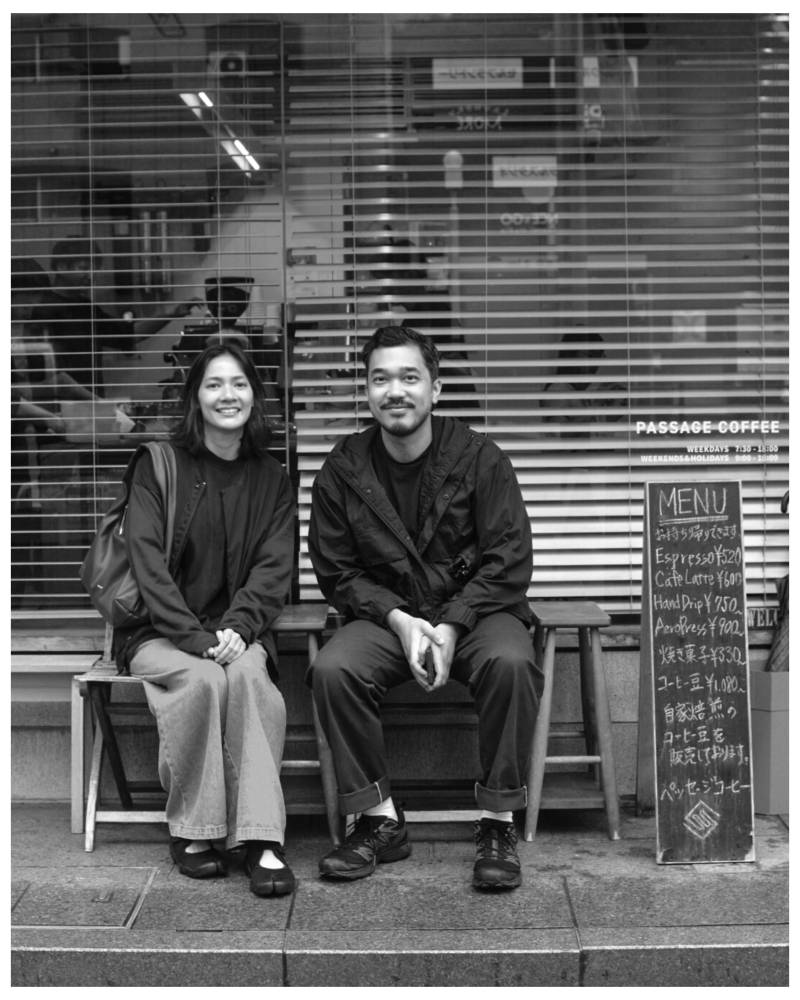
“When we’re in Tokyo, we don’t really rush anywhere. There’s something about the nature here that makes everything feel quieter, more still. We spend our days being present, not trying to do too much—just a picnic at Shinjuku Gyoen Park, a slow afternoon at either the Ueshima Museum or Terrada Art Complex, and a stop at Savoy Azabujuban for pizza.”
– Nikki Ongpin and visual artist Luis Antonio Santos
“Seirinkan felt like stepping into a vintage pizza parlor frozen in time. Short menu, big flavor. Everything was Neapolitan, done with Japanese hands. Chef’s kiss.
Then there’s Savoy—Italian at its core, but unmistakably Japanese in execution. The pizza was unexpected, familiar, and deeply memorable.
At Koffee Mameya, it was a masterclass in coffee. A bespoke experience that honors global roasters, from bean to brew. Every detail was considered.”
–Justin Dee, founder of Orion Porcelain, coffee connoisseur, and triathlete
“Vent in Omotesando is one of my favorite clubs. Top-notch sound system. And if it’s a good night, the afters usually spill over to Red Bar.
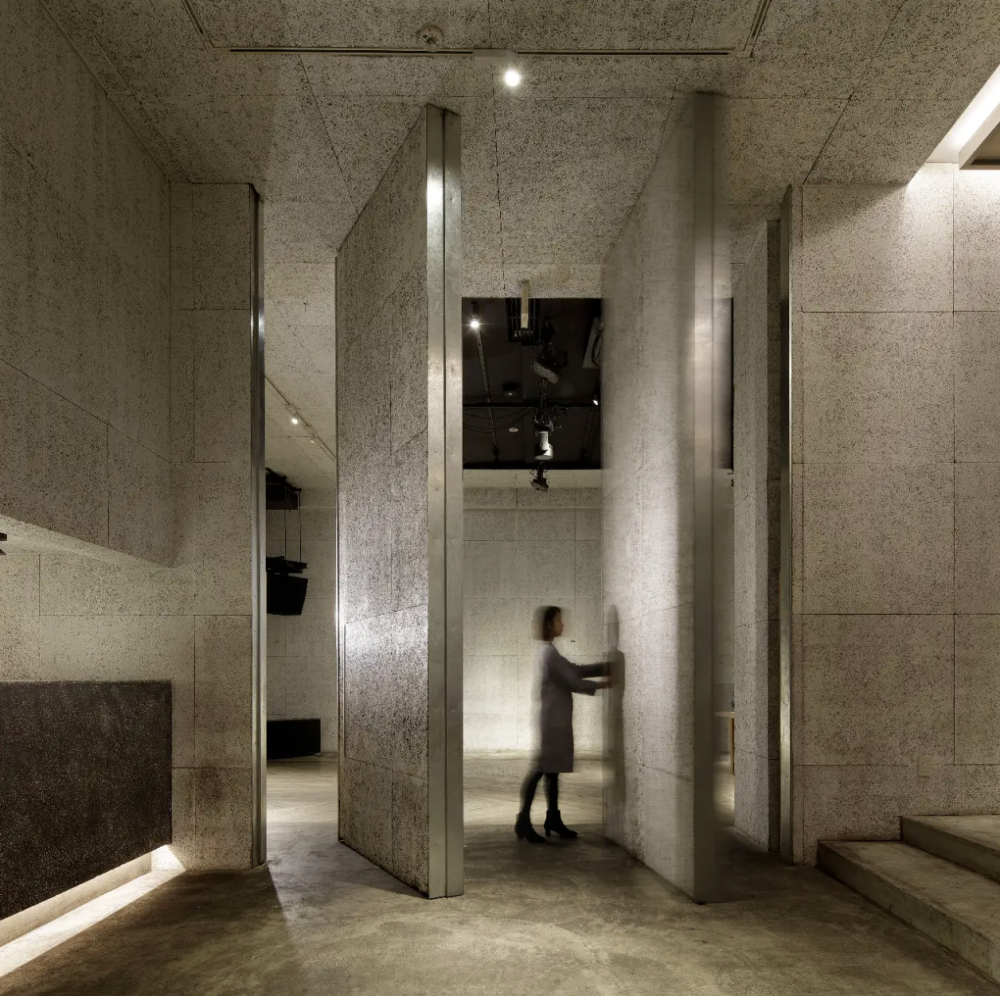
Tolo Pan Tokyo in Ikejiri is another go-to. It’s known for the curry pan, croissants, and pain au chocolat, but honestly, you can’t go wrong with anything there. I usually grab some bread, pair it with coffee from Bubbles Chill Coffee just down the street, then chill at Meguro Sky Garden, just a short walk away.
And last would be Kirakutei—my favorite curry spot so far!”
– Juancho Cobar, graphic designer
“My Tokyo top three is Super Labo (a photobook store), Ginza Music Bar, and Shabusen Ginza Ten.”
– Gio Panlilio, visual artist and co-founder of Tarzeer Pictures
“Nakano Broadway is an interesting spot in itself, but Taco Che specifically caught my attention because they not only feature art books from local artists and writers, but also sell local artists’ merch and collectibles.”
– Celine Lee, visual artist
“I usually go to Kurashige Yamasuke Tools when I’m looking for hand tools. Most of the products come with detailed information, like the material composition of the tool and its blacksmith or creator, which I really appreciate.”
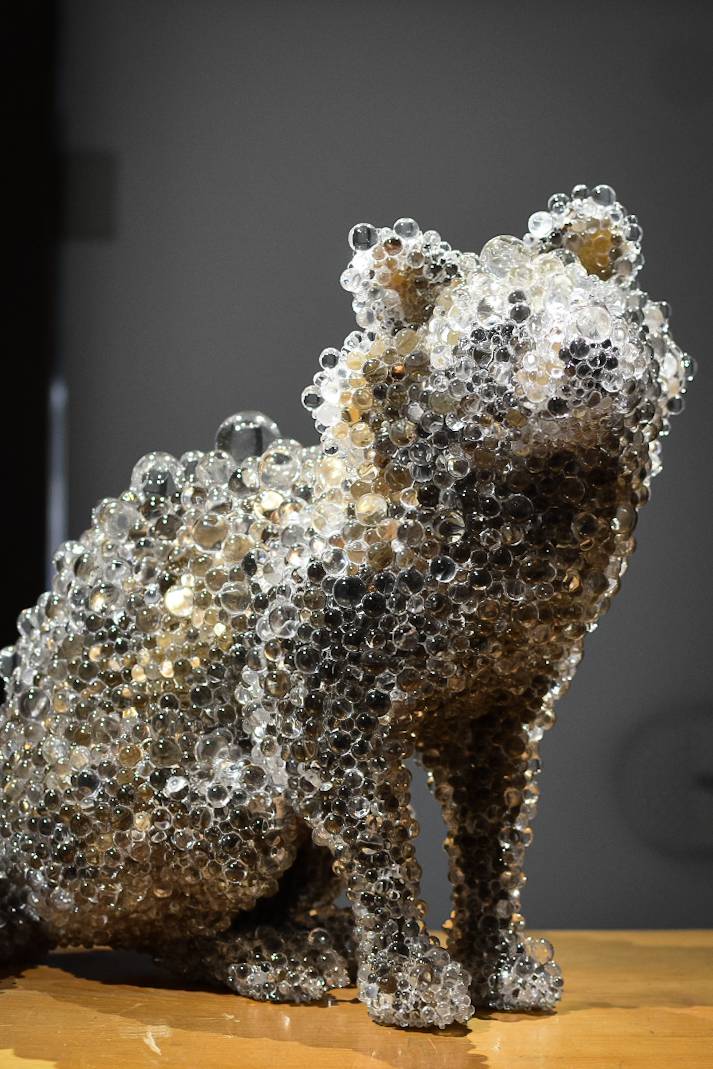
– Miguel Lorenzo Uy, visual artist
“Ikedaya Tea Store is a dedicated tea shop that serves good soft-serve matcha ice cream, in addition to offering different types of matcha tea.”
– Celine Lee and Miguel Lorenzo Uy
“The Jinbōchō district—a treasure trove of over 150 bookshops, publishing houses, and libraries. Their shelves are lined with everything from cult photobook releases to rare and vintage finds. Just browsing is an education. I even spotted an original issue of ‘Provoke,’ something I never thought I’d see in my lifetime.
Boro Cafe—the perfect spot to pause after a day of book hunting. It sits on the street level of a cozy, century-old building, filled with the personal art and antique collection of the Kogure Gallery owners. Their egg pasta is excellent, the blood orange drink refreshing, and the skull cookie (designed by one of their artists) is just the right kind of weird. The real surprise? Seeing an authentic piece of boro fabric up close. A special moment, especially since I once curated an exhibit on Philippine artists inspired by boro.
Super Labo Store—a beautifully curated concept space focused on photography. They’ve published over 120 titles, all exquisitely crafted in Japan. We were lucky enough to meet the owner behind the counter, who generously showed us a jaw-dropping mock-up of one of their book designs. A masterclass in thoughtful publishing.”
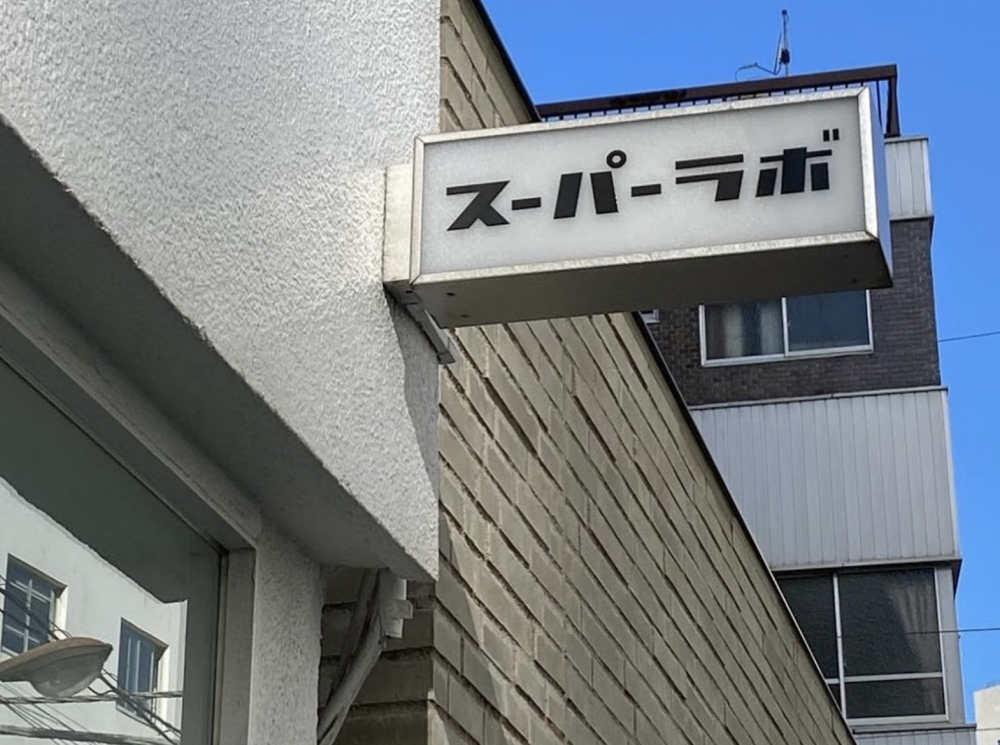
– Stephanie Frondoso, visual artist and art curator
“For Filipino foodies craving something new, head to Gyukatsu Ichi Ni San for their signature fried beef cutlet, seared to your liking on a personal hot stone grill. For that melt-in-your-mouth texture, go medium rare to medium.
A few hours outside the Tokyo buzz, Nikko offers the perfect day trip. Start at Toshogu Shrine to explore the legacy of Tokugawa Ieyasu, then catch scenic views at Kegon Falls and Lake Chuzenji.
Back in Tokyo, no visit is complete without an early morning feast at Tsukiji Market: creamy Cod Roe Pasta at Tadokoro Shokuhin, buttery kamatoro sashimi at Maguroya Kurogin, and don’t miss the Grilled Unagi with Uni or the premium Kobe Beef.
Follow the lines. If the locals are queuing, you’re in the right place. Best time to go? 8:30 a.m., before the crowds roll in.”
– Mac Sherwin Chan, businessman
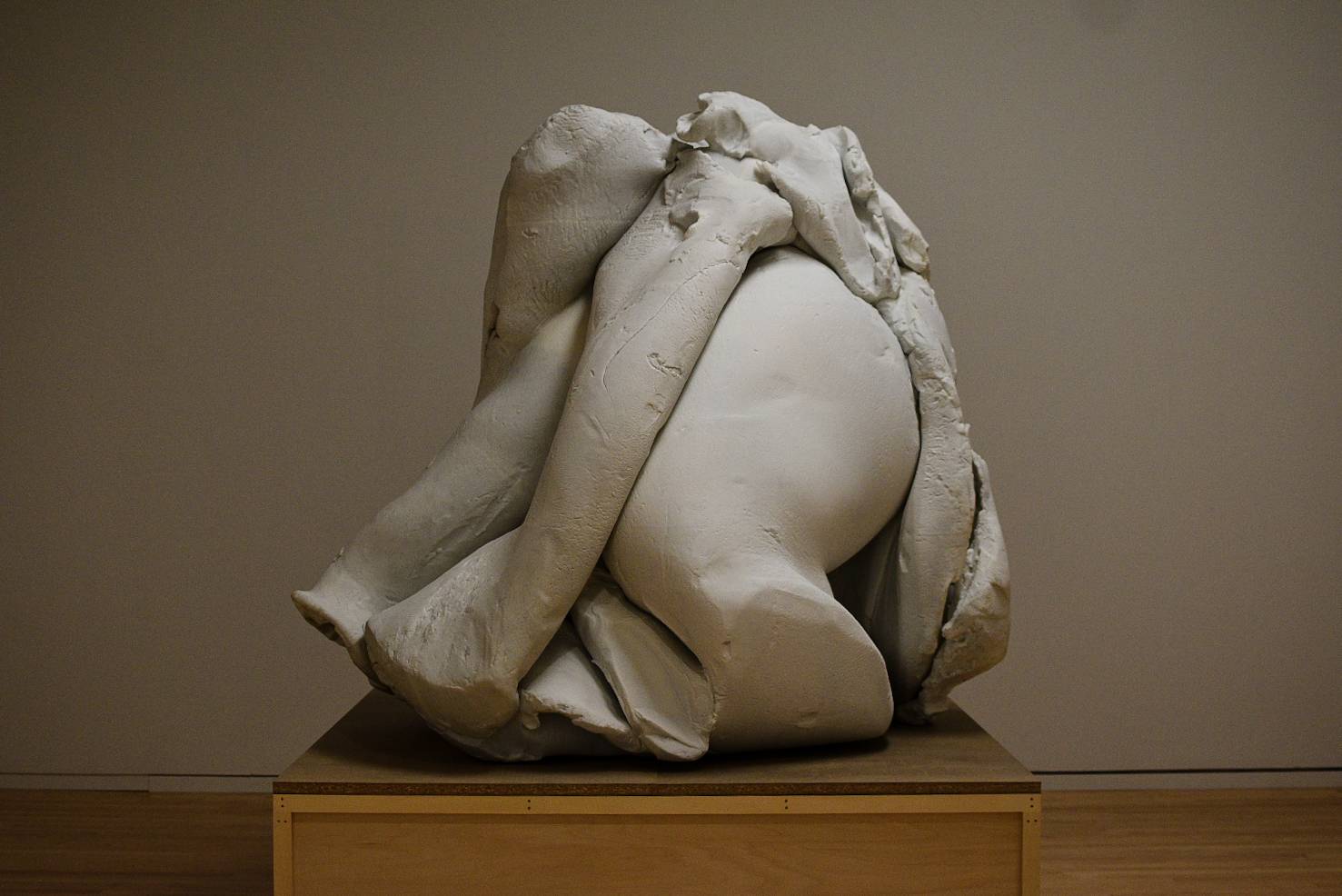
“The National Museum of Western Art in Ueno is still one of my go-to museums in Tokyo. Designed by iconic modernist architect Le Corbusier, the NMWA presents some of the most important works by Europe’s most celebrated artists.
As a fan of architecture, I find the Tokyo Station Building to be a masterpiece—an elegant clash between a grand old railway station and the sleek efficiency of the modern bullet train. Its original 1914 façade is a rare sight in Tokyo and truly stands out.
Don’t miss the beautifully preserved interior at the Marunouchi Gate. And when in Shibuya, I always return to Rakeru. Cozy, warm, and inviting—nothing beats their omurice with beef and mushroom stew.”
– Jason Montinola, visual artist
“What I love about Tokyo is how it balances energy with stillness. At Shinjuku Gyoen, you can sit under a tree with a sketchbook or just breathe. It’s where the city slows down. I always make time for local supermarkets like LIFE, too; they’re windows into daily life, full of curious snacks, fresh bentos, and ingredients to bring home. And when I need a deeper reset, I head out for a day hike—Mount Takao is a favorite. I’ll pack a meal or bring a tiny stove to cook noodles at the summit. It’s simple, quiet, and deeply satisfying, just like so many moments in Japan.”
– Nico Ng, lettering and calligraphy artist
“Horumon Dedesuke serves A5 Wagyu that’s a bang for your buck. But don’t let that intimidate you. They turn overlooked cuts into buttery, umami-packed bites grilled right at your table. Casual yet refined, it’s a playground for adventurous carnivores. Don’t skip the thick-cut beef tongue, perfect with rice and a cold beer.
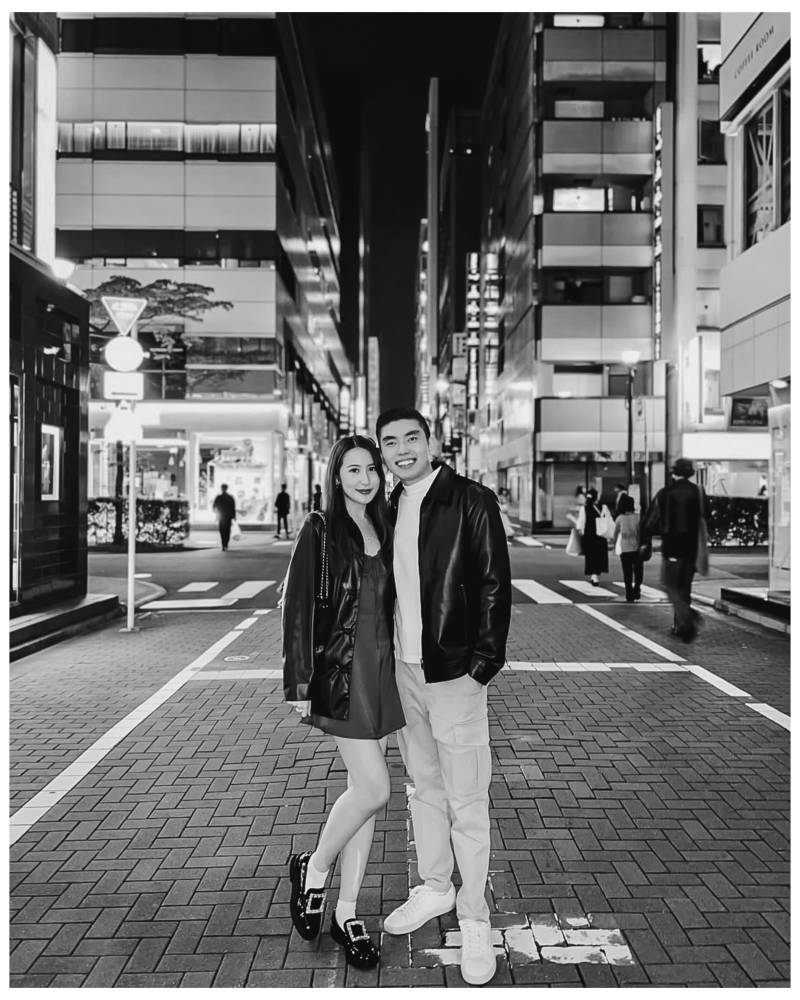
Imahan Shabu Shabu is a Tokyo institution that lives up to its legacy. Expect hand-trimmed, perfectly marbled wagyu that melts the moment it hits the broth. Elegant, traditional, and yes, on the pricier side, but worth every yen.
Joto Curry takes Japanese curry and turns up the volume—bolder, spicier, unapologetically rich. Their beef curry has a depth that borders on addictive. Pair it with crispy pork and choose your spice level. A heavyweight contender for Tokyo’s best curry rice under ¥1000.”
– Jason Ley Yap, co-founder of Soul Seltzer
“Tokyo holds a special place in my heart. As a former Philippine youth ambassador for SSEAYP, I had the privilege of experiencing a rich cultural immersion in Japan. My Japanese counterparts gave me a local’s perspective on Tokyo life and introduced me to Izakaya Himono Yarō, Yaechika—a bustling Tokyo staple tucked beneath the Yaesu Underground Mall at Tokyo Station. It’s known for serving grilled fish sourced from Japan’s many prefectures and for my favorite dish: ikura ochazuke, a comforting bowl of tea-soaked rice topped with fish roe.
Japan also offered me a moment of spellbound serenity at the UNESCO World Heritage Site Shrines and Temples of Nikkō. It felt magical, like stepping into the cinematic world of Akira Kurosawa.
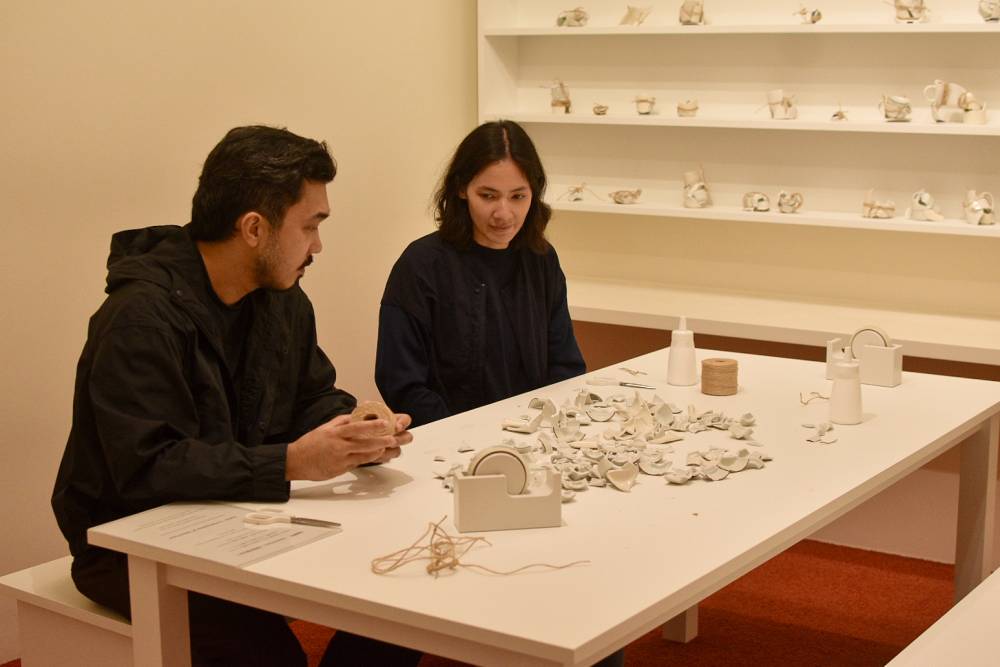
One of the most moving experiences was Yoko Ono’s one-woman show, ‘A Statue Was Here,’ at Tomio Koyama Gallery in Roppongi. The invitation to mend sharp-edged, broken porcelain with glue and twine was poetic and profound. It wasn’t without risk—just like the act of mending and restoring in life. Sometimes, healing cuts deep.”
–Patrick de Veyra, visual artist, curator, and art writer












